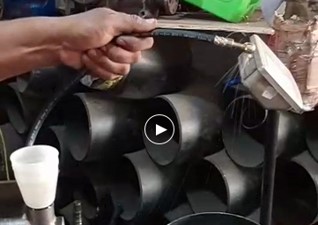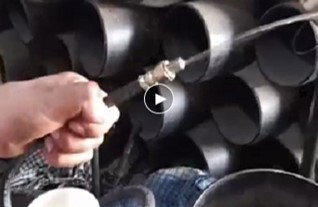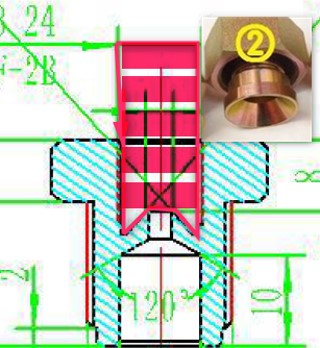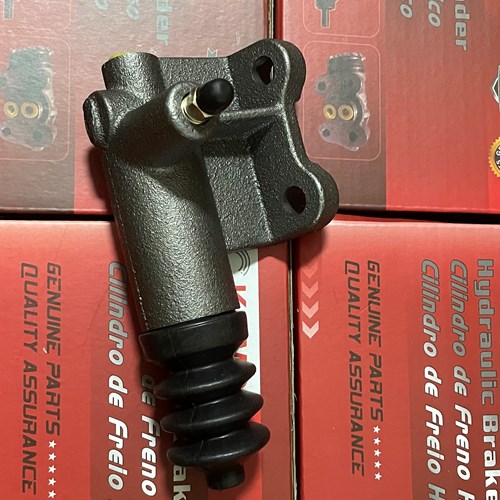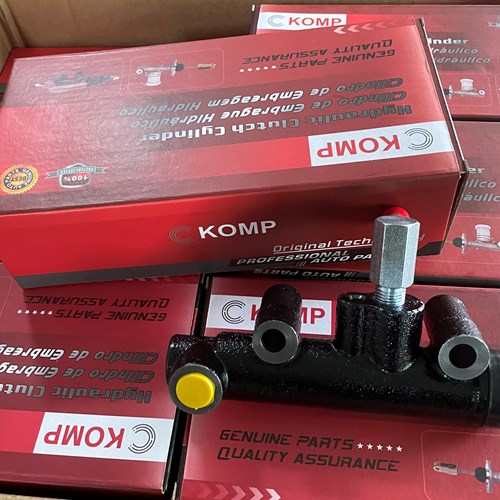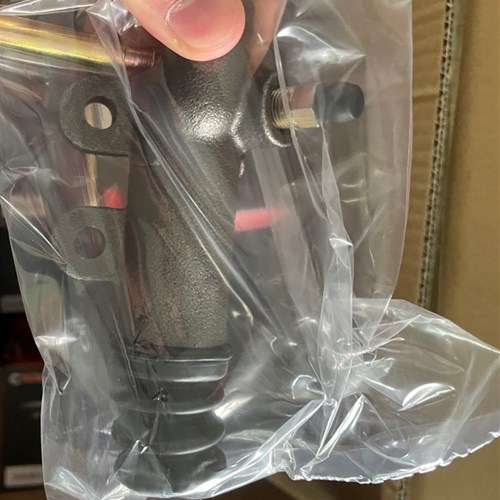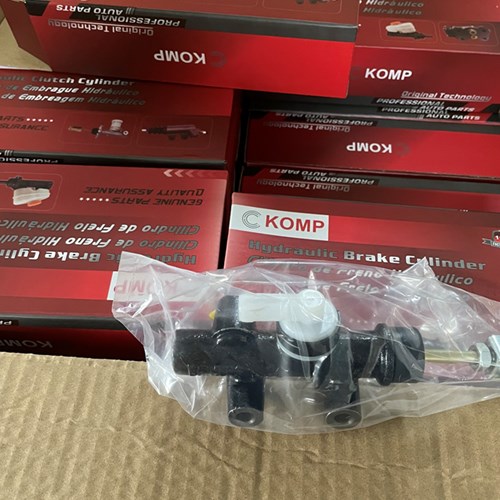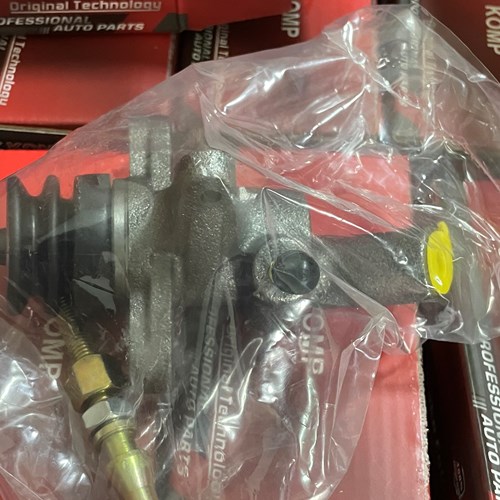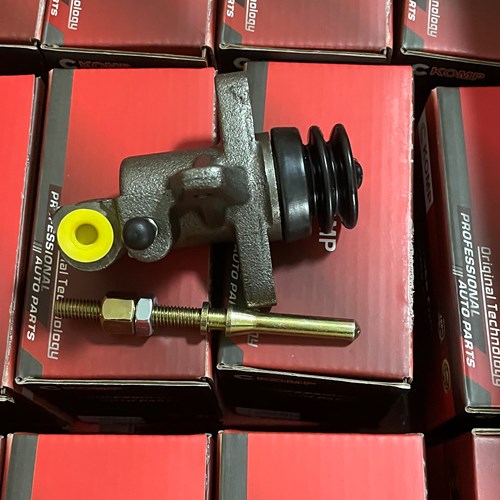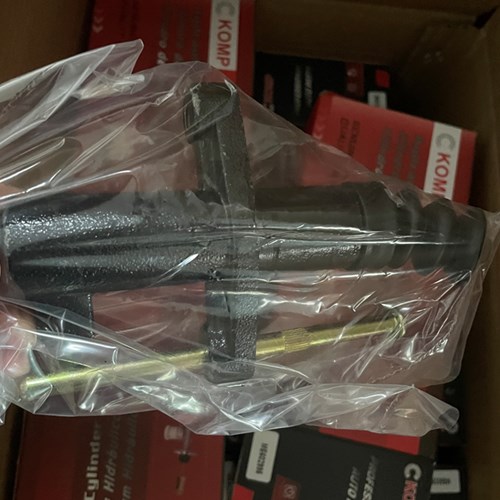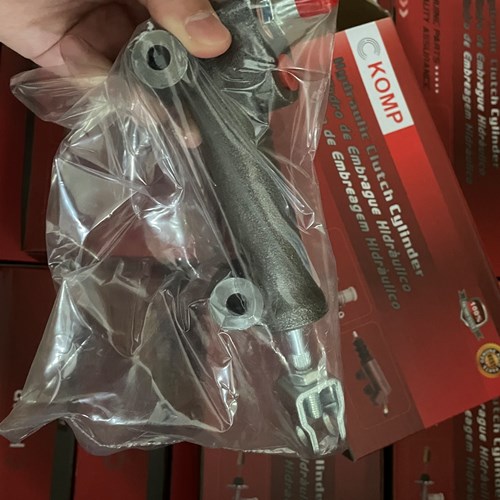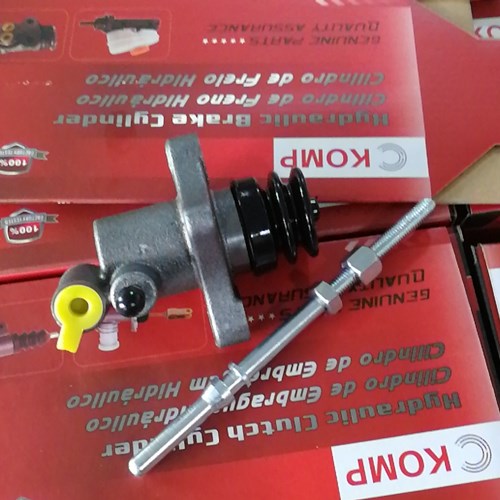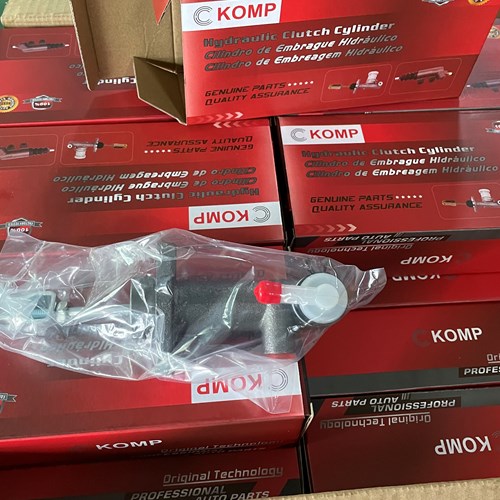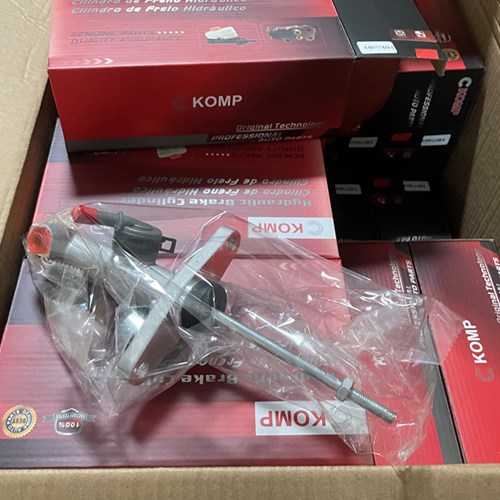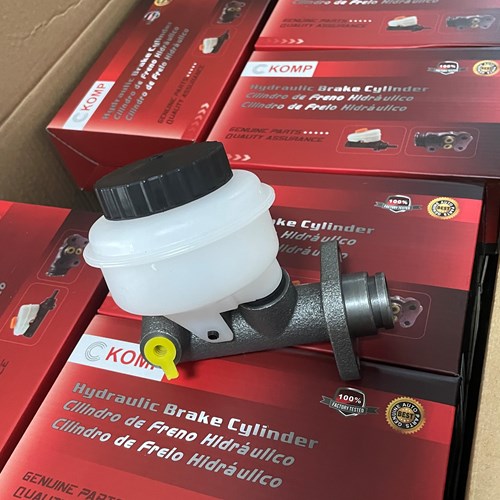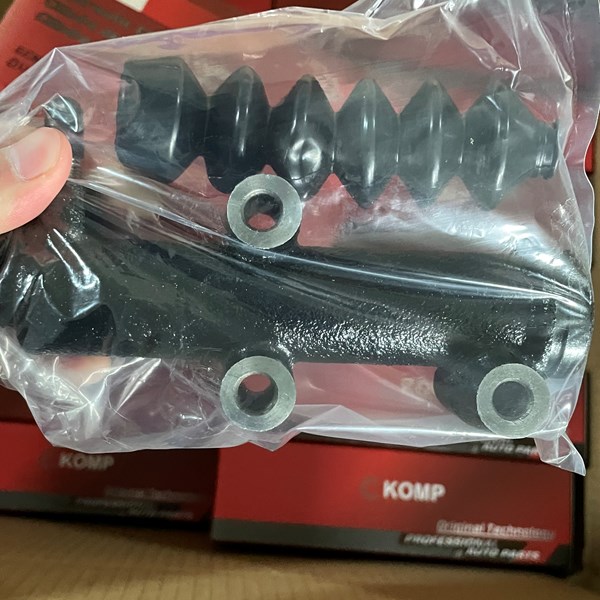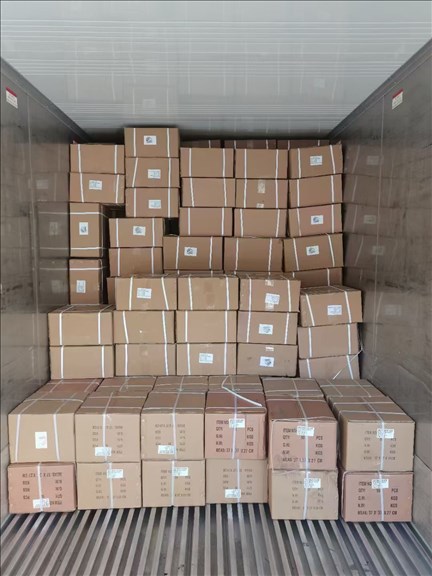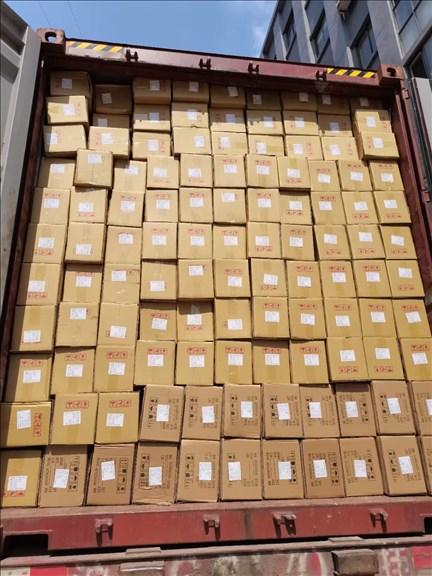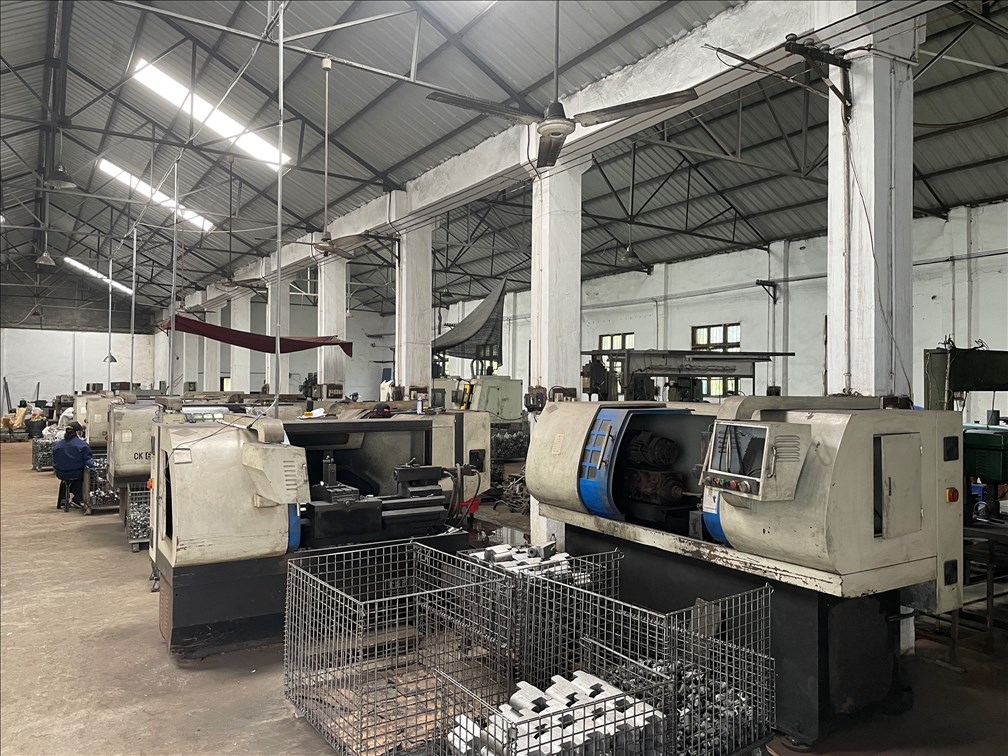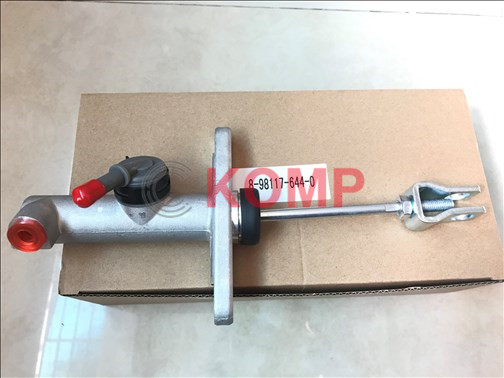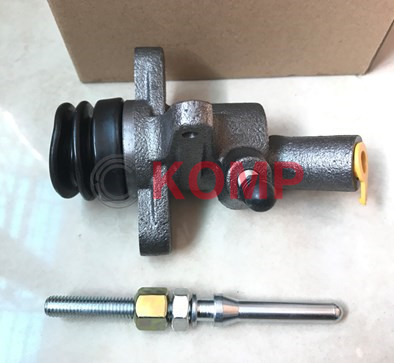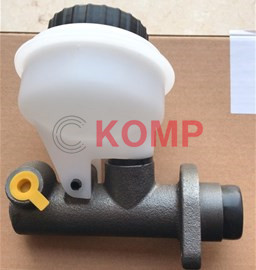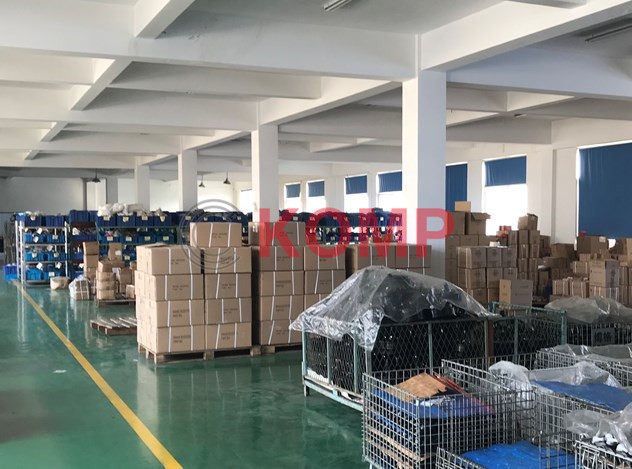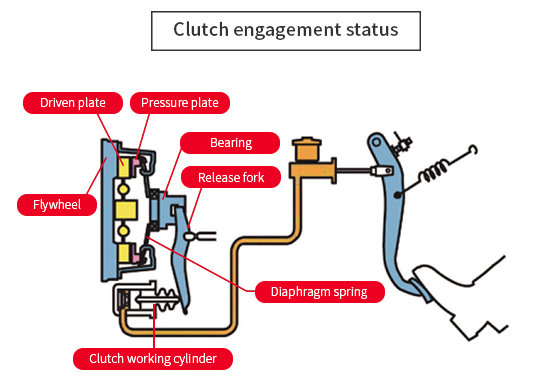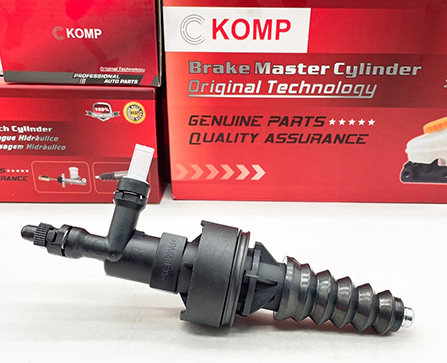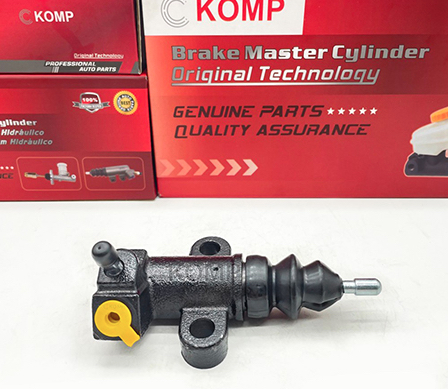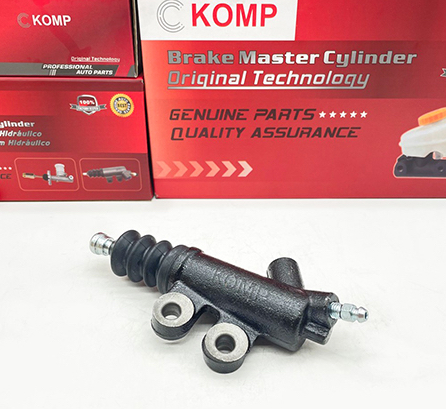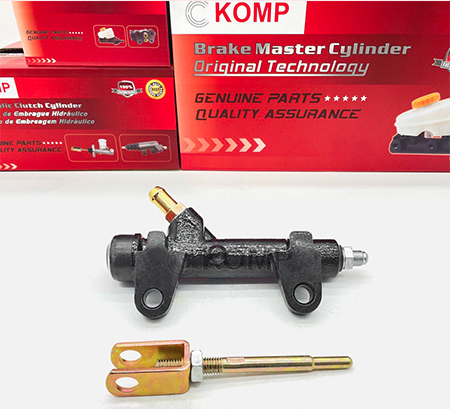Wireless Apple CarPlay Android Auto InterfaceCar Original Screen Adapter
Original Car Upgrade Wireless CarPlay Multimedia Modification Kit is a technologically advanced upgrade solution that provides original cars with wireless CarPlay capabilities to enhance the driving experience.The kit is compatible with the original car's multimedia system and integrates CarPlay functionality into the original car's display via a wireless connection.
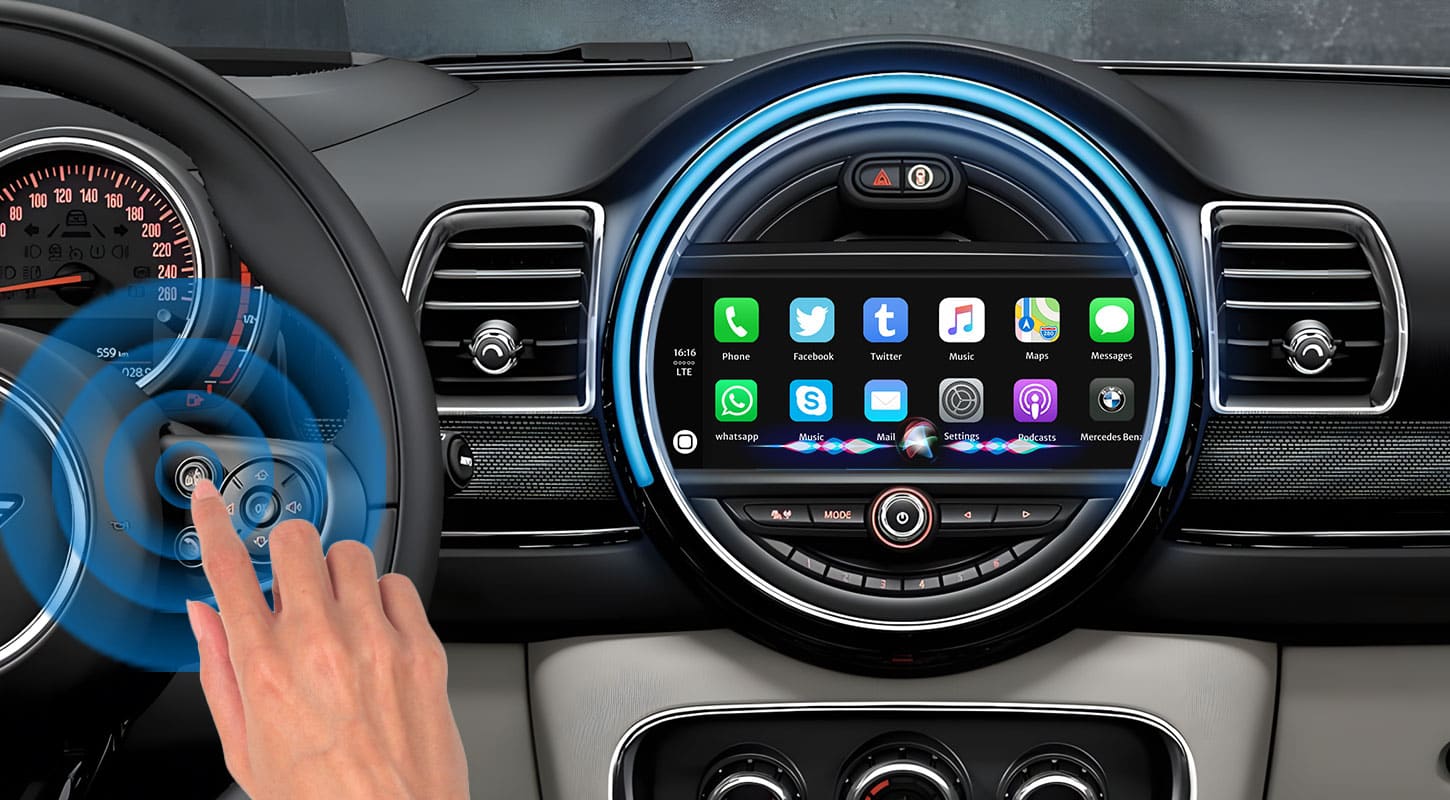
Features and Functionality
1. Wireless connection
By installing this kit into the original vehicle,drivers can wirelessly connect their iPhone devices to interact with the vehicle's multimedia system.
2. Bluetooth connection
Once installed,the driver simply pairs the iPhone device with the car's Bluetooth, and the wireless CarPlay function takes effect,enabling wireless connectivity and control.
3. Access various applications
With the wireless CarPlay function,drivers can use the interface on the on-board display to access various applications and functions on the iPhone,such as navigation,music,calls,messages,voice assistants and more.
4. Lossless installation
This upgrade kit usually includes a wireless CarPlay adapter and the necessary installation accessories.The installation process is relatively simple,simply connecting the adapter to the original car's multimedia system and performing the necessary setup and pairing operations.
5. Simple and practical
The advantage of the wireless CarPlay upgrade kit is that it is simple and practical and no longer requires a wired connection to implement CarPlay functions.This greatly improves ease of use and avoids the hassle of regular CarPlay cables.Drivers can enjoy a simpler and more convenient wireless CarPlay experience, staying connected to their iPhone while focusing on driving.
6. special car for special use
It is important to note that the compatibility of the original car upgrade wireless CarPlay suite may vary by model and multimedia system.Before purchasing and installing,users should ensure that the kit is compatible with the vehicle's multimedia system and that it is properly installed according to the installation instructions.
Guangzhou Roadpassion Electronic Technology Co., Ltd. was founded in 2011,we focus on automotive electronic products,such as video interface,camera interface,TV Free in motion,car PAS Parking Retrofit camera interface,GPS navigation and so on. Welcome to contact us!



